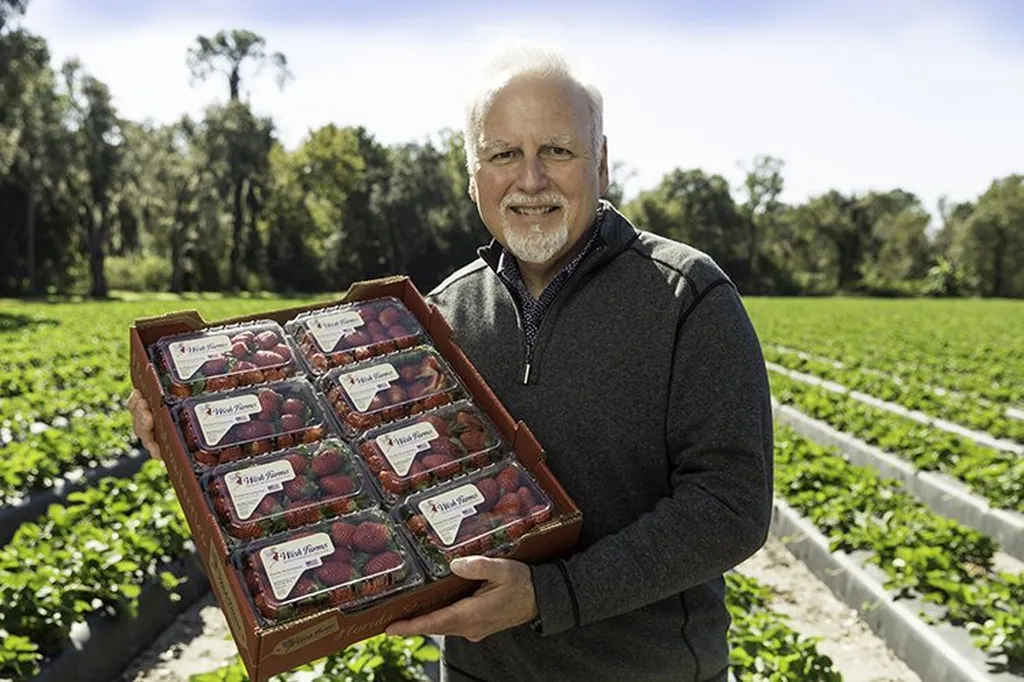In the heart of Florida, a groundbreaking approach to agricultural technology development is taking root, promising to reshape how farmers engage with innovation. Shiala M. Naranjo, a researcher from the University of Florida, has co-authored a compelling publication in the EDIS (Electronic Data Information Source) series, which translates to the Electronic Data Information Source, that sheds light on the critical role of farmer engagement in driving technology adoption. This work, co-authored by Kathryn A. Stofer, is set to revolutionize how researchers, engineers, and program designers approach the development and implementation of agricultural technologies.
The publication, titled “Centering and Engaging Farmers in Technology Development to Facilitate Innovation Adoption: Designing Your Approach,” emphasizes the importance of understanding and addressing the needs of farmers. Naranjo and Stofer argue that by centering the farmer in the design process, researchers can create more beneficial and easily adoptable products and programs. “Engagement is not just about communicating with farmers; it’s about understanding their world, their challenges, and their values,” Naranjo explains. “When we design technologies with farmers at the center, we increase the likelihood of successful adoption and impact.”
The researchers highlight several high-level strategies for effective engagement, drawing from the work of the IoT4Ag Center. These strategies include designing engagement around audience needs, understanding externalities, and determining shared values. The publication also features a case study that illustrates what can go wrong when engagement is not prioritized, serving as a cautionary tale for those venturing into agricultural technology development.
One of the key insights from the publication is the importance of audience assessment. Naranjo and Stofer stress that understanding farmers’ attitudes and perceptions is crucial for designing technologies that resonate with them. “Farmers are not just end-users; they are partners in the innovation process,” Stofer notes. “Their insights and feedback can significantly enhance the relevance and effectiveness of the technologies we develop.”
The implications of this research extend beyond the agricultural sector, with potential applications in the energy sector as well. As the world grapples with the challenges of climate change and sustainability, the need for innovative solutions that are both effective and adoptable becomes increasingly urgent. By centering the end-user in the design process, researchers and developers can create technologies that not only address critical challenges but also gain widespread acceptance and use.
The publication by Naranjo and Stofer is a timely reminder of the power of engagement and collaboration in driving innovation. As the agricultural and energy sectors continue to evolve, the insights and strategies shared in this publication will be invaluable for researchers, engineers, and program designers seeking to make a meaningful impact. Published in the EDIS series, this work is set to become a cornerstone resource for those committed to advancing agricultural technology through farmer-centered design.

